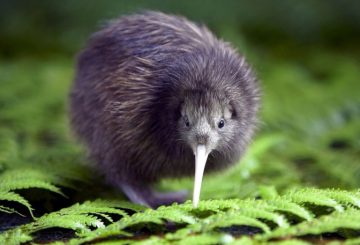분석 – 사이클론 가브리엘의 여파로 뉴질랜드는 다시 “더 나은 재건”에 대해 이야기하고 있습니다.
가장 기본적인 수준에서 말하자면, Build Better는 미래의 위험과 지속 가능성 요구에 부응하는 방식으로 주택 및 기타 건물을 재건할 수 있는 기회입니다.이를 위해서는 순환 경제 내에서의 구축과 관련된 지식 격차를 해소해야 합니다.
순환 경제 모델의 지속 가능한 건물은 전체 수명 주기에 걸쳐 배출량과 기후 및 천연 자원에 미치는 영향을 최소화합니다.
뉴질랜드의 건설 및 철거 산업은 전체 폐기물의 약 50% 를 생산합니다.보고서는 건축 및 건설 부문은 순 에너지 배출량 제로 달성을 위한 국제 마감일인 2050년까지 탈탄소화 달성을 목표로 순조롭게 나아가지 못하고 있다고 결론지었습니다.
현재 우리는 2050년까지 탄소 중립을 전제로 지속 가능한 주택을 짓고 있지만, 50년 후 수명이 다할 때 탄소 중립을 전제로 주택도 지어야 합니다.
지속 가능하고 탄력적인 건물에 대한 전 세계적 요구는 석고 보드 대체재 및 저공해 콘크리트와 같은 새로운 건축 자재 개발의 원동력입니다.
이는 현지 테스트를 기반으로 한 신소재의 “여권”을 의미할 수 있습니다.
순환 경제 접근 방식을 건물에 대한 “더 나은 건설” 전략에 적용하는 것은 기후 및 천연 자원에 미치는 영향뿐만 아니라 미래의 재앙의 위험을 줄이는 데 필수적입니다.
크레딧: radionz.co.nz





























































